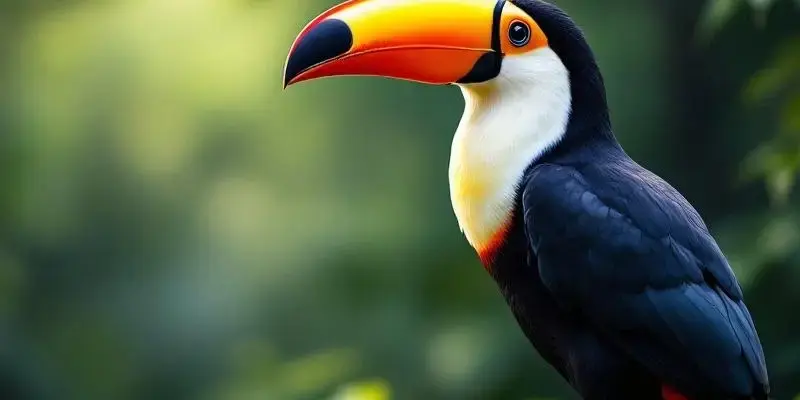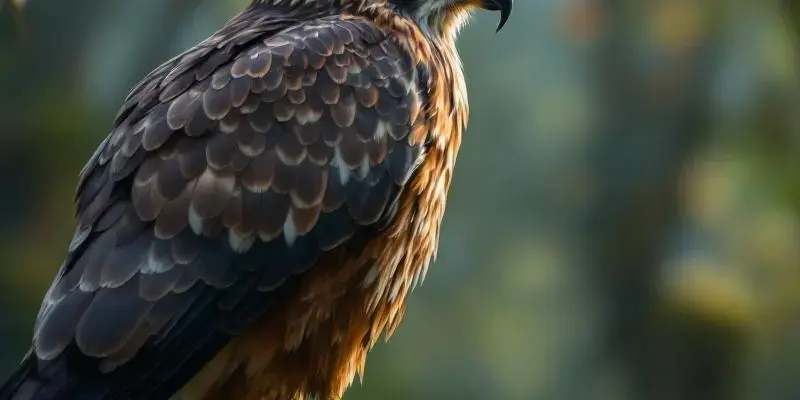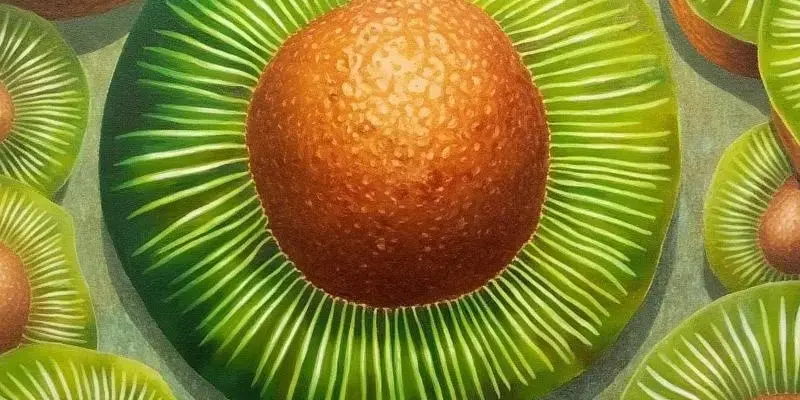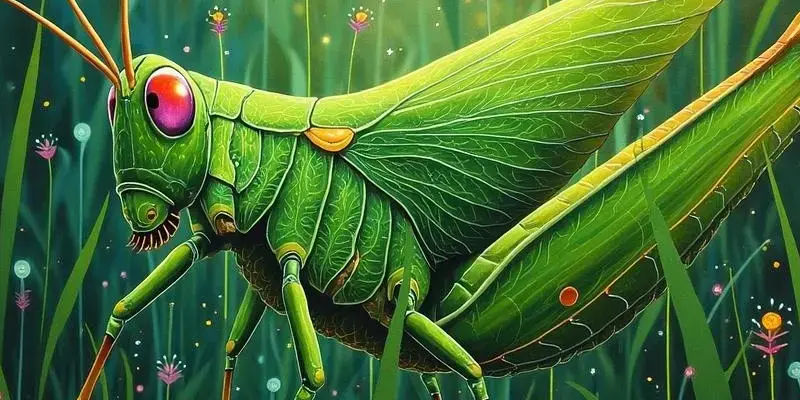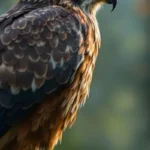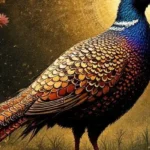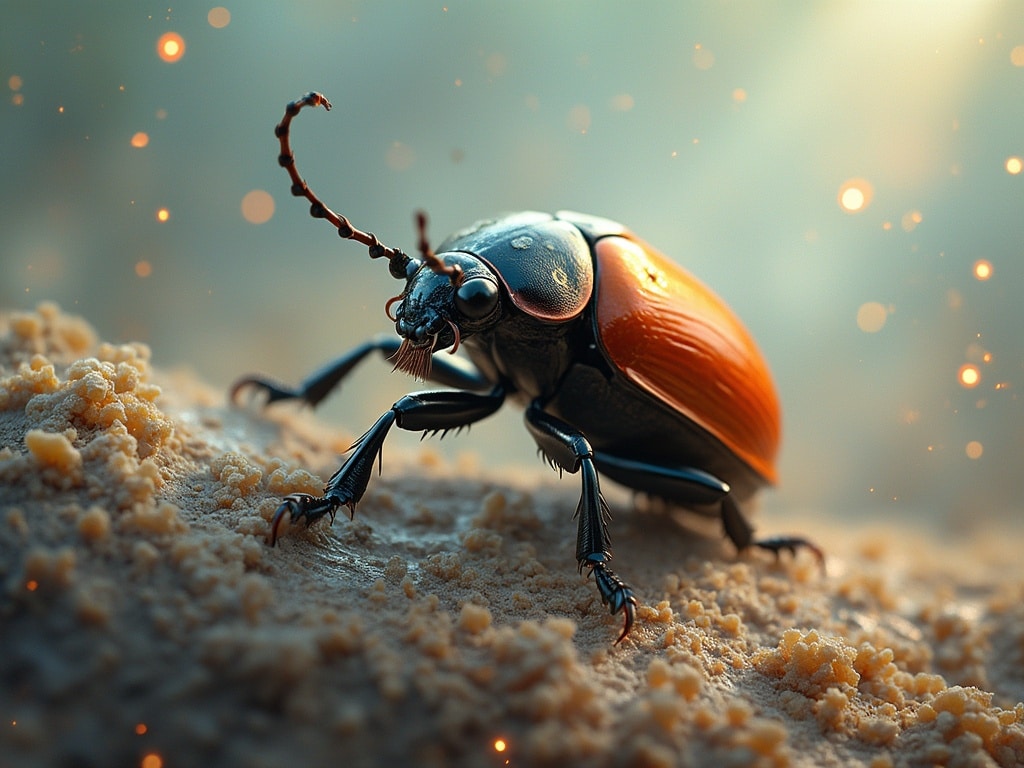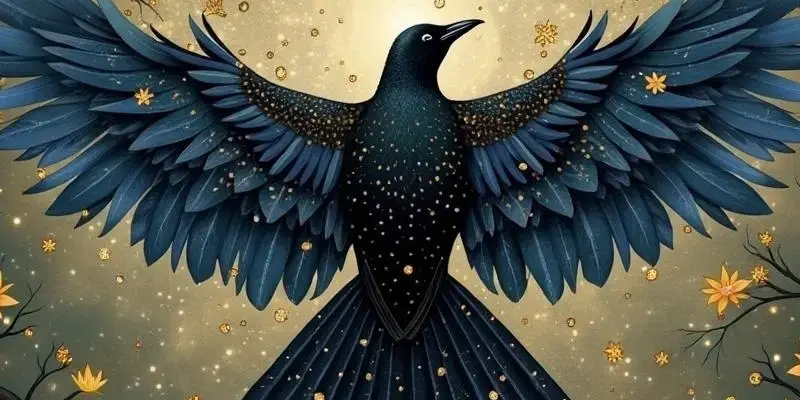Mandarin-duck spiritual meaning
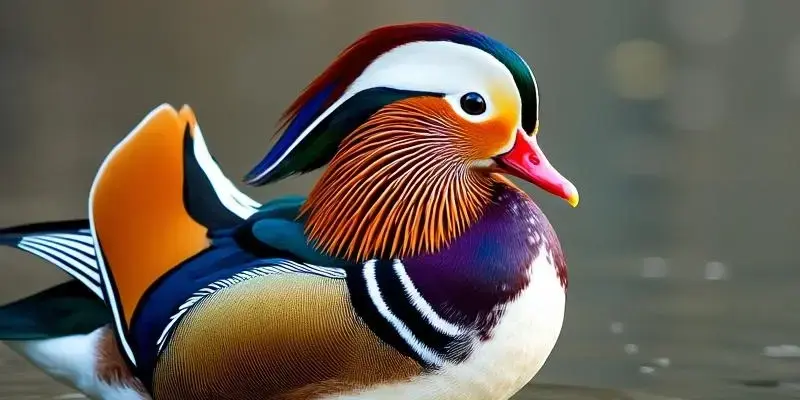
The Mandarin duck embodies profound spiritual symbolism across Eastern cultures, serving as a powerful representation of devoted love, sacred partnerships, and the complementary nature of relationships. These strikingly beautiful birds, with their dramatic sexual dimorphism and lifelong mating habits, have evolved from representing fraternal bonds in early Chinese poetry to becoming one of the most recognized symbols of marital harmony and relationship dedication across Asia.
Key Takeaways:
- Mandarin ducks represent sacred partnerships and devoted love across Eastern cultures
- Known as “yuanyang” in Chinese culture, symbolizing the perfect duality of masculine and feminine energies
- Serves important roles in Feng Shui practice for enhancing romantic relationships
- Beyond romance, represents protection and prosperity in various spiritual traditions
- Despite spiritual reverence, wild populations faced decline from habitat loss and commercial exploitation
Sacred Partnerships and Love Symbolism
The Mandarin duck (Aix galericulata) stands as one of the most visually striking birds in nature. The male sports spectacular iridescent plumage in vibrant orange, purple, and green, creating a dramatic contrast with the female’s more subdued appearance. This visual distinction perfectly illustrates the complementary nature of partnerships that these birds have come to symbolize.
In Chinese culture, these beautiful waterfowl are known as “yuanyang,” with “yuan” referring specifically to the brilliantly colored male and “yang” to the more modest female. This terminology has expanded beyond the birds to represent perfect duality in many contexts. Unlike many avian species where males use their flashy colors to attract multiple mates, Mandarin ducks channel their beauty into strengthening what was traditionally believed to be a lifelong bond.
The symbolic meaning of these birds delivers powerful spiritual medicine centered on devotion, love, and sacred partnership. Their natural behaviors mirror the ideal qualities many cultures associate with committed relationships—mutual respect, complementary strengths, and enduring loyalty.
Ancient Origins and Evolution of Symbolism
The spiritual significance of the Mandarin duck has evolved dramatically throughout history. During the Sung dynasty (960-1279), these birds appeared prominently on ceramic pillows now housed in the British Museum, highlighting their cultural importance even centuries ago.
Surprisingly, early Chinese poetry from the 3rd-6th centuries initially used Mandarin ducks to represent fraternal love and brotherly bonds rather than romantic partnerships. A pivotal transition occurred between the 6th-10th centuries when the symbolism shifted toward representing romantic love, which has remained their primary association to this day.
This evolution presents a fascinating contrast to how these birds were viewed when first introduced to Britain in the mid-18th century—purely as exotic ornamental creatures with no spiritual significance attached. The Korean tradition of gifting wooden Mandarin ducks during weddings similarly dates back centuries, demonstrating the deep historical roots of this symbolism across multiple Asian cultures.
Cross-Cultural Reverence
The spiritual significance of Mandarin ducks extends across borders throughout East Asia, with each culture adding unique dimensions to their symbolic meaning. Their representation of duck spiritual energy is particularly focused on relationship harmony and commitment.
In China, the “yuanyang” concept symbolizes marital fidelity, with the terminology separating male (yuan) and female (yang) representing perfect complementary partnership. This linguistic distinction highlights how deeply ingrained the duality symbolism has become in Chinese culture.
Japanese tradition knows these birds as “oshidori,” with the notable cultural extension that married couples in affectionate relationships are referred to as “oshidori-fūfu”—a powerful linguistic testament to the birds’ symbolic importance in relationship contexts.
Korean wedding traditions prominently feature Mandarin ducks, with the gifting of wooden carvings on wedding days representing good luck and conjugal harmony. These carved pairs form a central element in traditional marriage ceremonies and often become treasured family heirlooms.
Vietnamese culture similarly adopted these birds as symbols of devoted couples and relationship fidelity, completing their pan-Asian significance as relationship emblems.
Despite this widespread spiritual reverence, wild Chinese Mandarin duck populations suffered dramatically when tens or perhaps hundreds of thousands were exported for ornamental purposes before the 1975 trade ban. This situation revealed the tragic disconnect between spiritual reverence and commercial exploitation that has affected many symbolically important species.
Feng Shui Application for Relationship Enhancement
In Feng Shui practice, Mandarin ducks serve as powerful tools for enhancing romantic relationships when properly placed within a home. Practitioners consider these birds among the most potent relationship symbols available for energetic adjustment.
For optimal results, place Mandarin duck figurines in the Kun area of your bedroom or home. To locate this powerful position, stand in your bedroom door facing in, and find the far right corner. Alternatively, the Southwest corner of the master bedroom is considered highly effective for relationship enhancement.
The critical rule in Feng Shui application is that Mandarin ducks must always be displayed as a pair, and they should face each other to symbolize mutual attention and affection. This positioning represents the balanced energy exchange that supports healthy relationships.
Materials for these figurines can vary widely—porcelain, crystal, wood, or metal all work effectively—but the pairing is non-negotiable from an energetic perspective. A documented case study mentions a couple in Mumbai who placed a porcelain Mandarin Duck pair in their bedroom’s Southwest corner and reported improved emotional harmony within weeks of this placement, supporting the traditional effectiveness claims.
Metaphysical Dimensions Beyond Romance
The spiritual significance of Mandarin ducks extends far beyond simple romance to encompass broader aspects of relationship nurturing and protection. Their spiritual medicine encourages us to nurture love in our lives, to express feelings openly, and to cherish the connections we hold dear.
Unlike Western symbols like cupid that represent sudden infatuation or the initial spark of attraction, Mandarin ducks represent the ongoing work of maintaining deep connections. This distinction makes them particularly valuable as symbols for long-term relationship aspirations.
Beyond romantic contexts, these birds serve as symbols of good fortune and prosperity in many traditions, particularly when featured on traditional Japanese kimonos or in home décor. Their presence is thought to ward off negative energies and attract positive vibrations, making them protective talismans as well as relationship symbols.
The spiritual energy of the Mandarin duck inspires devotion to all forms of relationships, not just romantic partnerships. This broader application connects to the swan spiritual meaning of grace and transformation, though Mandarin ducks focus more specifically on the partnership aspects of personal connections.
Conservation Status and Modern Paradox
While revered spiritually, the Mandarin duck has faced significant conservation challenges that create a striking paradox in their modern existence. After being first introduced to Britain in the mid-18th century as ornamental birds, there are now close to 8,000 Mandarin ducks scattered throughout England, with additional feral populations established in continental Europe, California, and North Carolina.
Meanwhile, their native Chinese population declined dramatically due to habitat loss and the extensive export trade before regulation. Trade was finally banned in 1975, but not before significant damage had been done to wild populations. One protective factor in their native range was that Mandarin ducks reportedly don’t taste very good, sparing them from extensive hunting for food.
This conservation story presents a remarkable situation: these spiritually significant birds now thrive in regions far from their cultural origins while continuing to struggle in their native habitats. This disconnect between cultural significance and ecological protection highlights the complex relationship between human symbolic systems and wildlife conservation.
The Mandarin duck shares this conservation complexity with other spiritually significant birds like the kingfisher whose spiritual meaning similarly contrasts with their ecological challenges in many regions.
Incorporating Mandarin Duck Symbolism in Modern Life
For those seeking to incorporate this powerful symbolism into their lives, multiple approaches exist that honor the traditional significance while adapting to contemporary contexts. Traditional Korean wedding ceremonies feature couples in hanboks performing a bowing ceremony where the husband offers carved ducks to the parents as a sign of commitment.
Many families treasure sets of Mandarin duck carvings from weddings across generations as powerful heirlooms that carry both familial and spiritual significance. These objects serve as tangible reminders of relationship commitments across time.
Modern practitioners can find commercially produced pairs of Mandarin duck figurines, create or draw their own representations, or simply meditate upon this symbol and its meaning. The physical representation serves as a focal point, but the intention behind it carries the true spiritual weight.
The timing of ceremonies involving these symbols matters significantly in traditional practice, as weddings are considered very auspicious life events carrying unlimited amounts of positive qi. Some practitioners even choose wedding dates based on astrological considerations to maximize the symbolic power of Mandarin duck imagery in their relationship journey.
Whether used in traditional ceremonial contexts or as simple reminders of relationship ideals, Mandarin duck symbolism continues to offer powerful spiritual guidance for those seeking to cultivate devoted, harmonious partnerships in their lives.
The Mandarin duck serves as a powerful symbol of devoted love, sacred partnerships, and relationship harmony across Eastern cultures. Originally representing fraternal bonds in early Chinese poetry, these birds evolved to symbolize marital dedication throughout Asia. Known as “yuanyang” in Chinese culture, they embody perfect duality between masculine and feminine energies. They’re significant in Feng Shui practices for enhancing romantic relationships and also represent protection and prosperity. Despite their spiritual importance, wild populations have faced decline due to habitat loss and exploitation.
| Aspect | Significance |
|---|---|
| Primary Symbolism | Devoted love, sacred partnerships, complementary relationships |
| Cultural Terms | “Yuanyang” (Chinese), “Oshidori” (Japanese) |
| Practical Application | Feng Shui tool for relationship enhancement; wedding gifts in Korea |
| Beyond Romance | Protection, prosperity, good fortune |
| Modern Status | Thriving in non-native regions; faced decline in native habitats |

